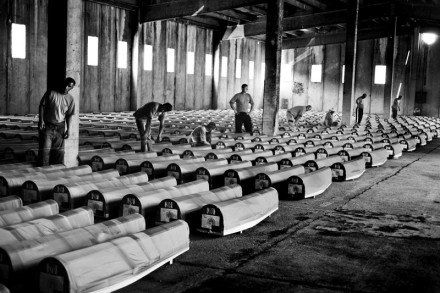
© Scott McIntyre
Text and photographs by Scott McIntyre.
Being born in America, the extent of my travels was fairly limited. Growing up, my family would go to Florida on vacation and occasionally other states where the distance was not too far. When I was in college I picked up a camera and studied photojournalism. My passions grew but my curiosities seemed rather simple when it came to exploring with my camera. It wasn’t until a couple of years ago where my interest to travel the world to work started to grow. The more international photographer’s work I would study the more my curiosity and angst to travel would grow. My first opportunity came in one of my journalism classes when I was approached along with a couple of classmates to apply for a travel grant to cover an even that was discussed in class. This grant would take us to East Bosnia and Herzegovina to photograph the 15th anniversary of the Srebrenica genocide.
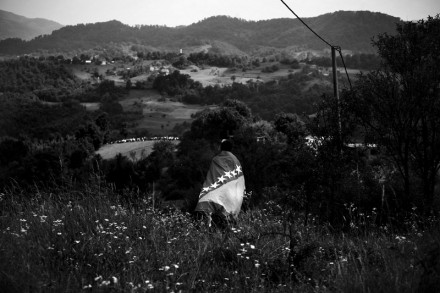
© Scott McIntyre
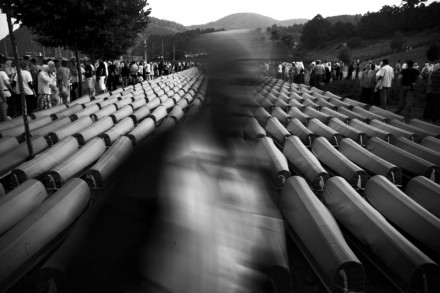
© Scott McIntyre
Fast forward six months. I research the area and speak with friends about the country. Even though I have a good idea about what to expect when I arrive in Bosnia, I still feel very unprepared. I don’t know the language, I don’t know where anything is, I don’t really even know where we are headed when we get there. All I know is our journey begins two days after we arrive in the small village of Nezuk.
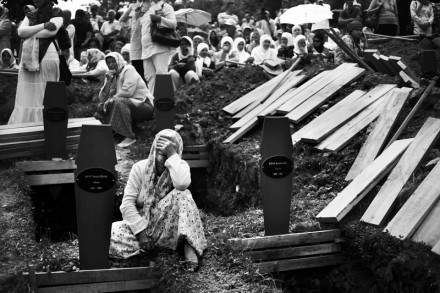
© Scott McIntyre
A little background on the project. In July of 1995, an army of Serb-VRS soldiers, led by General Ratko Mladić, entered a United Nations sanctioned safe zone in the town of Srebrenica, Bosnia and Herzegovina. The army separated the Bosnian-Muslim men and boys from their families. The soldiers told the families that the men would be considered prisoners of war but were then taken to towns throughout the area and murdered. The Serb-VRS force killed over 8,000 Bosniaks in what was considered the largest massacre on European soil since World War II. Every year since the genocide, thousands of people converge on the small town of Potocari, Bosnia and Herzegovina to bury the remains of people who have been found in the various mass graves where the murdered were buried throughout the hills of Bosnia.
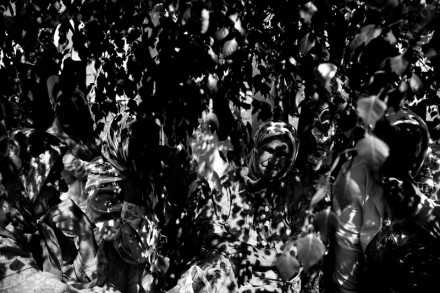
© Scott McIntyre
We started on July 8th in the small village of Nezuk in an annual 110 km march to the ceremony site of Potocari. Over 1,000 people and I walked through towns, hills, roadways, and forests to reach our destination. I was not used to any of this. When I am making photographs I like to stay and linger in a situation until I am happy with a photo. This was not the case. I had to adjust to making photos while trying to keep up with over 1,000 people who I couldn’t understand. Even though I couldn’t speak the language people started to understand why we were there. After a day or so, our fellow marchers welcomed us. At some points there would be breaks where someone would read historical information about the spot we were on. Some of our breaks included spots where the Serb-VRS army would shell towards people fleeing through the same hills where we were resting. At some points when I was exhausted from hiking I had to snap myself back to what was important. “What do I have to complain about? People were escaping death on these hills. People lost their families in these hills.” I was becoming selfish and tired.
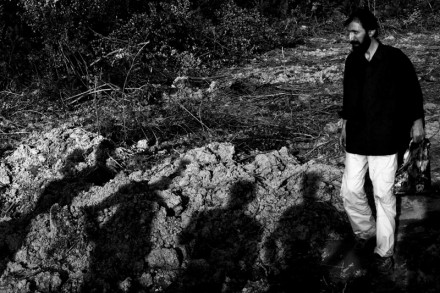
© Scott McIntyre
My exhaustion subsided when we arrived to Potocari. I could see the graves in the distance. It still felt like I was in another world. Three weeks prior to this trip I was in the comfort zone of my life in America. I knew exactly where I was and what I was doing. That feeling was never with me when I was in Bosnia. My thought process was changing. How I approached situations became clearer when I couldn’t communicate with whom I was documenting. It is difficult to explain but somehow things felt like they were falling into place visually. My nerves seem to have subsided or just became numb. I knew that I was getting more comfortable with these situations when I walked into the warehouse where the 775 caskets carrying the remains that were to be buried were being held. I didn’t freeze up. I walked in and composed the situation the way it felt to me. I believe that is how I achieved some of the photographs from the following day at the ceremony. Over 50,000 people attended to watch and bury their loved ones. It was the most powerful scene to be a part of. Was I doing the best I could? I think so. I knew I was doing well because I was not being disruptive. I believe that is one of the worst things a photographer can do. It angers me when photographers push and shove to get the shot. There is no art to that, nor beauty.
Ten hours later people started to leave and we started to collect our thoughts about what just took place. I had never experienced anything that powerful ever before. The following days when I was traveling back to America I kept replaying this journey in my head. What I had just been through was unlike any other project I had ever pursued and I liked that fact about it. I approached every situation with a fresh eye and curiosity. I was going through my photos and noticing different ways of seeing. What was I thinking? It seems to me that my experience in Bosnia matured my vision to what it is today. Sure, I don’t see like this everyday but when I do, I look at situations more symbolically than literal. To some viewers, it may not work, but to me it is what the photo represents rather than what it is of. I am still astounded at how I came away with a body of work in which I am proud of. I was quite unprepared going into these situations, but the more I think about it, I work better that way. I’ve read about other photographers who take months planning where and what they will shoot but that’s never helped me. There’s only so much you can plan ahead for and in my life the times that are not planned are what make life so surreal.

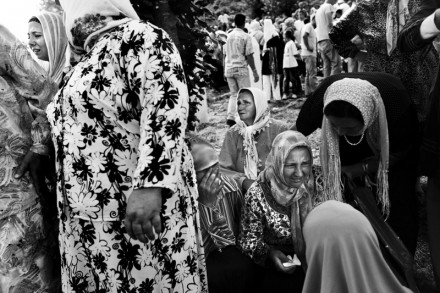
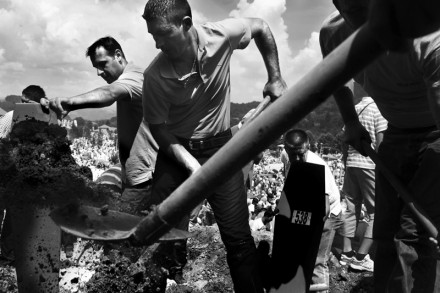
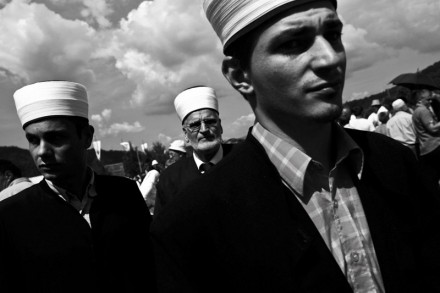
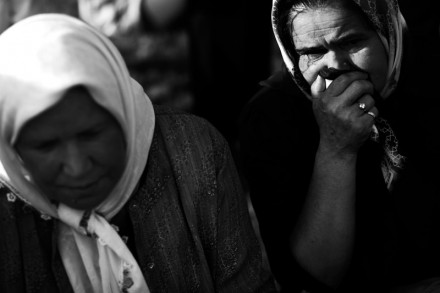
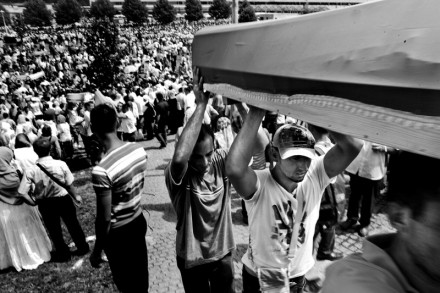
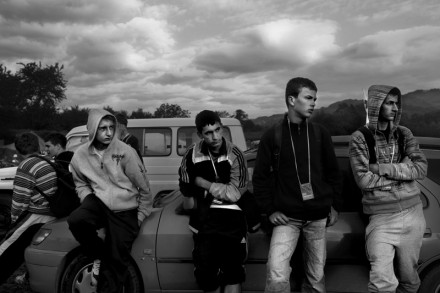
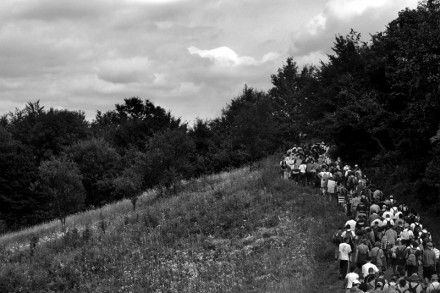
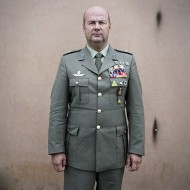
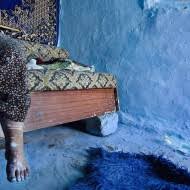
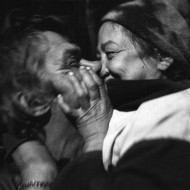































You can also subscribe to this post comments RSS feed.